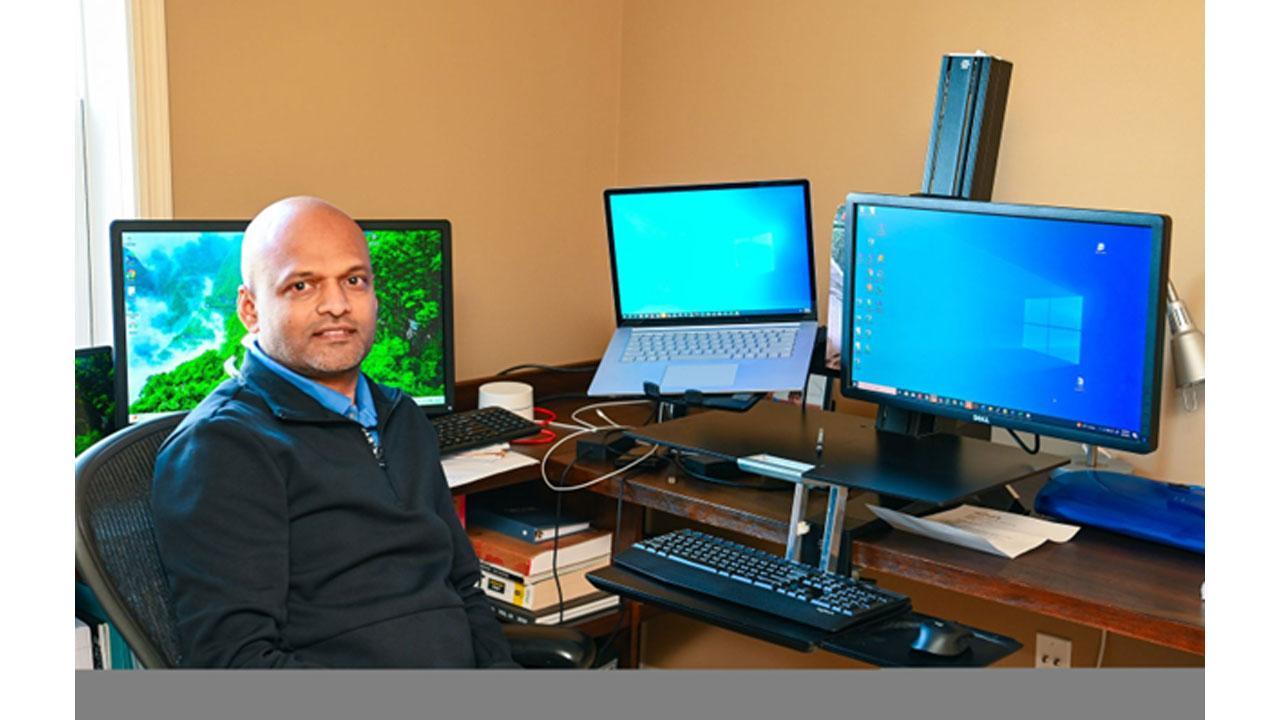Ravikumar Palanichamy has elevated the standards of efficiency and agility in custom window manufacturing.

Ravikumar Palanichamy
Modern manufacturing in the doors and windows industry has evolved far beyond standardized, assembly-line production. Customers now expect highly customized products, with specifications tailored to precise dimensions, frame materials, glass types, screen features, and delivery schedules. This demand for customization presents immense logistical and technical challenges. Manufacturing lines must operate with precision across multiple stages, with subcomponents synchronized to ensure timely, efficient output. At the heart of this complexity lies the need for intelligent scheduling systems, tools capable of harmonizing upstream fabrication with downstream assembly and distribution workflows.
One engineer making transformative strides in this domain is Ravikumar Palanichamy, a Principal Engineer whose leadership has redefined how sequencing and manufacturing integration can scale to meet growing demand. “I was deeply involved from the Gate 0 phase onward,” Palanichamy shares. “That included machine procurement, system architecture, and plant-floor execution, all the way through to live production support.” His most significant contribution came in the form of a sophisticated scheduling algorithm, which now orchestrates the end-to-end production of highly customized window units. This system aligns multiple variables, from machine availability and vendor deliveries to downtime windows and inventory constraints creating batch IDs and bin numbers that maintain traceability and ensure components are staged in proper sequence.
At a state-of-the-art manufacturing facility in Arizona, a $200 million investment began as a conceptual framework and has since scaled into full operational maturity. His presence made its mark here. The facility now manufactures over 1,500 windows per day, up from an initial 100 units, a 15x throughput increase achieved in just over a year. “The sequencing algorithm enables a fluid flow of materials across all stages, minimizing delays and reducing dependency on manual intervention,” he notes. This automation has translated into substantial results: the plant operates with 50 fewer laborers than comparable facilities, while still outperforming them in output.
Efficiency gains extend beyond labor. His software enhancements cut lineal material usage by 27%, thanks to optimized cutting patterns and minimized waste. Furthermore, the total output-to-labor cost ratio has dropped by 36%, a testament to the intelligent integration of scheduling, MES (Manufacturing Execution Systems), and production controls. These achievements underscore not only technical excellence but also a strategic grasp of cross-functional coordination, a crucial requirement in high-volume, low-margin industries like custom manufacturing.
Among his biggest challenges was integrating an Automated Storage and Retrieval System (ASRS) for lineals, an initiative that initially seemed disconnected from sequencing logic. “At first, the ASRS was considered irrelevant to the sequencing process,” he recalls. “But it quickly became clear that its role was critical.” The resulting delay, while minor, highlighted a crucial lesson: the importance of holistic planning and early stakeholder alignment. Palanichamy now advocates for formal workflows to vet and document all process interdependencies before estimating project timelines. “Every system whether IT, production, or logistics, needs to be mapped and aligned early. Change Requests should be mandated for any post-BRD modifications.”
As a thought leader in this space, he emphasizes the need for deep integration between IT scheduling teams and business operations. His insights into process design, vendor coordination, and documentation workflows have shaped best practices for future manufacturing rollouts. “Before automation can work for you, your sequencing teams need a full understanding of the system’s inputs and integration capabilities,” he advises. “What you don’t define upfront will define your delays later.”
Palanichamy is currently preparing a scholarly paper documenting these innovations and results, with the aim of sharing his approach to algorithmic scheduling, efficiency modeling, and scalable process implementation with the broader manufacturing engineering community. His work exemplifies how targeted technology, backed by domain expertise, can unlock major efficiencies in even the most complex and customized production environments.
By bringing engineering rigor to process design and pushing the boundaries of what integrated manufacturing systems can achieve, Ravikumar Palanichamy has elevated the standards of efficiency and agility in custom window manufacturing. His contributions serve not only his organization’s growth, but also offer a blueprint for how the next generation of manufacturing facilities can thrive in a world where customization is no longer optional but the standard.
 Subscribe today by clicking the link and stay updated with the latest news!" Click here!
Subscribe today by clicking the link and stay updated with the latest news!" Click here!






